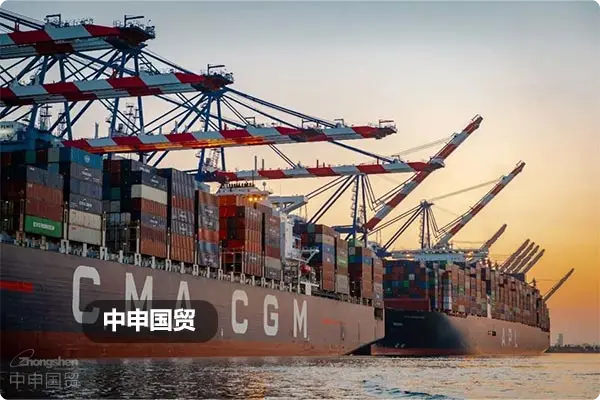- Shanghai Zhongshen International Trade Co., Ltd. - Two decades of trade agency expertise.
- Service Hotline: 139 1787 2118

Contents
ToggleEquipmentImport Customs DeclarationThe three key stages of
According to the latest statistics from the General Administration of Customs in 2025, mechanical and electrical equipment accounted for 37.6% of China's total imports. Professional agency services can reduce the average customs clearance time to 5-8 working days, improving efficiency by over 40% compared to self-declaration by enterprises. The typical import process consists of three stages:
- Pre - preparation Stage
- Confirm the HS code of the equipment (error rate controlled within 0.5%).
- Verify the import country's access requirements (with a focus on3Ccertification catalog)
- Pre-review technical parameter documents (to prevent the risk of cargo discrepancy)
- Customs Clearance Implementation Stage
- Verification of Declaration Elements Completeness (13 mandatory fields)
- Accurate tax calculation (comprehensive tax rate error ≤0.3%)
- On-site inspection coordination (response time for exception handling < 2 hours)
- Follow-up management phase
- Archiving of import payment documents (retention period ≥ 3 years)
- Management of the Supervision Period for Tax-Reduction and Exemption Equipment (100% Accuracy in Ledger Records)
- Customs AEO Certification Guidance (60% Increase in Pass Rate)
Core Differences Between Self-Declaration vs. Professional Agency
According to the comparative data of a multinational machinery manufacturing enterprise in 2025, after adopting professional agency services, the comprehensive cost per transaction decreased by 18%, and the declaration error rate dropped from 7.2% to 0.8%. The main differences are reflected in:
- Declaration Accuracy: Professional agency HS code database covering 98% of mechanical and electrical products.
- Exception handling: The average resolution time for inspection anomalies has been reduced to 1.5 working days.
- : Ensuring that trade activities comply with the technical standards and trade agreements of the target country: Automatically monitor 30+ trade control alert indicators
- Professional support: Utilize free trade agreements to achieve tariff reductions of up to 15%.
High-Frequency Customs Clearance Issue Response Plan
Customs audit data for 2025 shows that the top three declaration discrepancies for equipment imports are:
- Incorrect product classification (accounting for 42%)
- Solution: Establish a mapping database between equipment parameters and classification decisions.
- Missing documents (accounting for 28%)
- Solution: Customized Document Checklist Template + Intelligent Verification System
- Price inquiry (accounting for 19%)
- Solution: Provide a complete chain of evidence for the dutiable price composition.
Analysis of Typical Service Scenarios
Case Background:An automotive parts manufacturer imported precision machine tools from Germany, with a declared value of 6.8 million yuan.
- Breaking Through Difficulties:
- The proportion of software value in the identification equipment exceeds 15%, requiring separate declaration.
- Coordinate with third-party institutions to issue a royalty fee assessment report.
- Apply for tariff reduction under the free trade agreement, saving 410,000 yuan in taxes.
- Service Outcomes:
- The overall customs clearance time is compressed to 6 working days.
- Avoid the risk of a 200,000-yuan administrative penalty due to classification errors.
- Establish a comprehensive management archive for the supervision period of imported equipment.
Four Key Criteria for Choosing a Proxy Service
- Qualification Review:Check customs AEO certification, membership in the customs brokers association, and other qualifications.
- Service Network:Major ports shall be equipped with at least 3 professional customs declarants.
- Case accumulation:SimilarEquipment ImportsNo fewer than 20 cases.
- Response mechanism:Establish a 7×12-hour emergency communication channel
Professional agency services not only address one-time customs clearance issues but also help enterprises establish a systematic trade compliance system. It is recommended that companies focus on the pre-classification capabilities, tariff research depth, and customs system integration of agents, as these factors directly impact the long-term operational efficiency of equipment imports.
Related Recommendations
? 2025. All Rights Reserved. Shanghai ICP No. 2023007705-2  PSB Record: Shanghai No.31011502009912
PSB Record: Shanghai No.31011502009912










